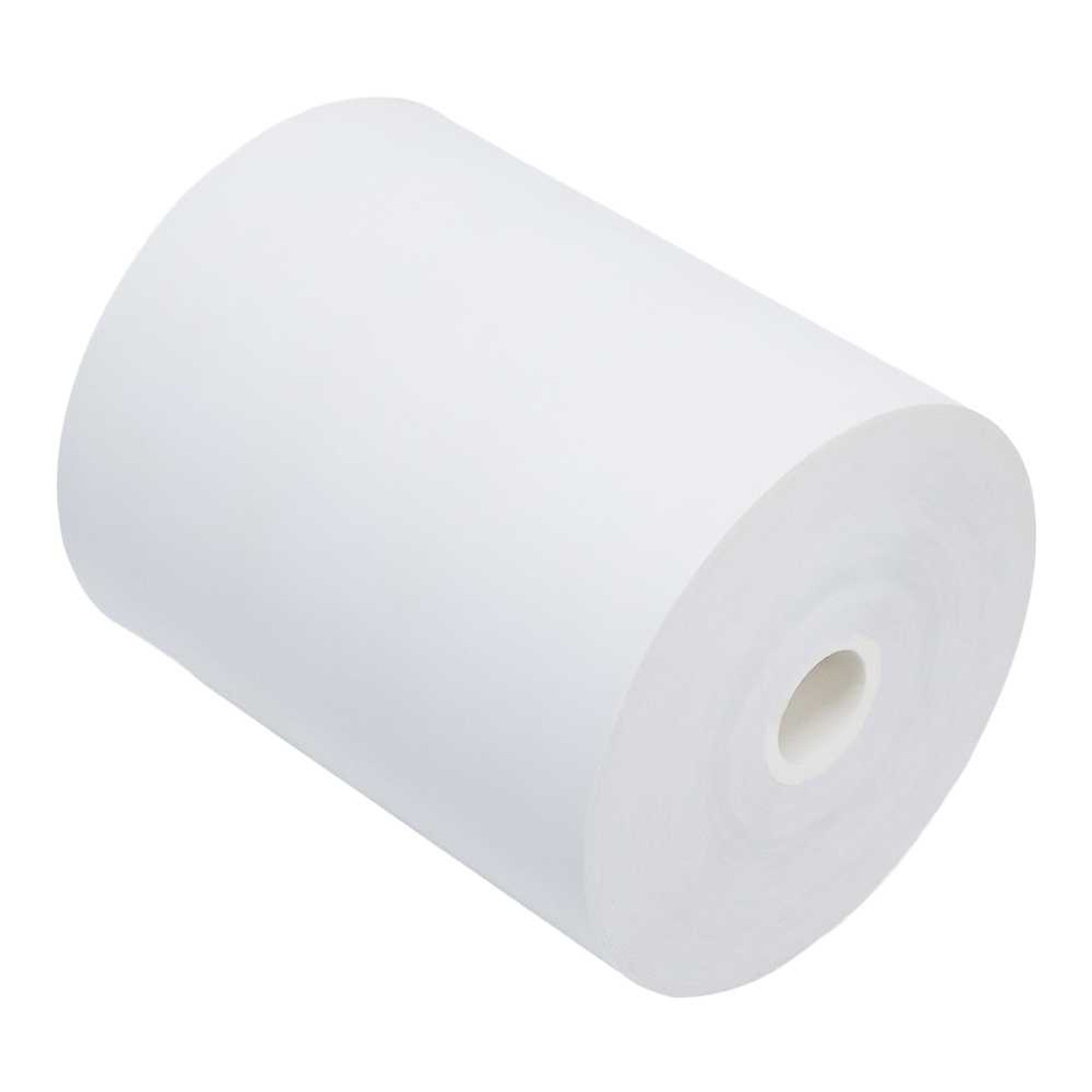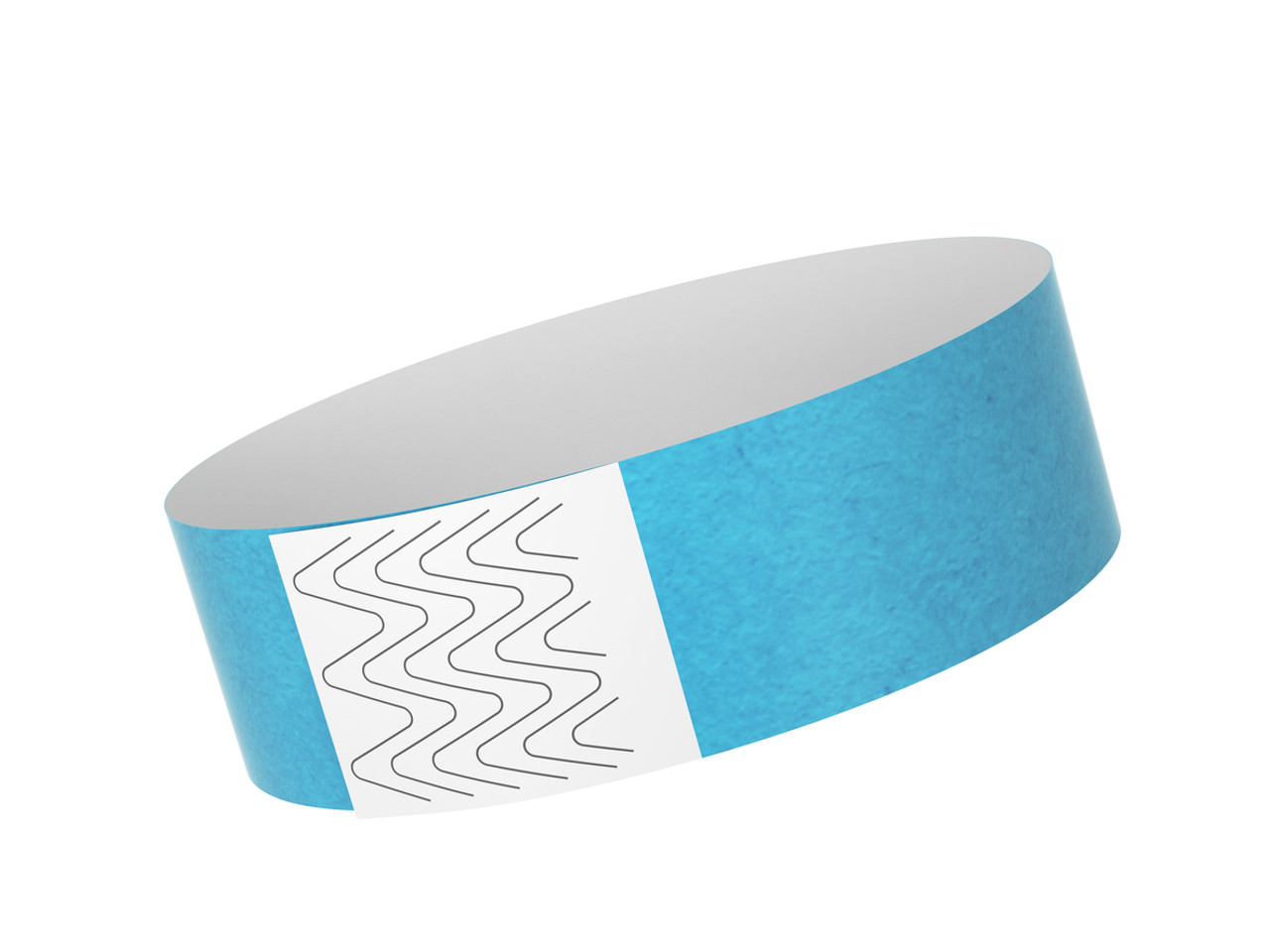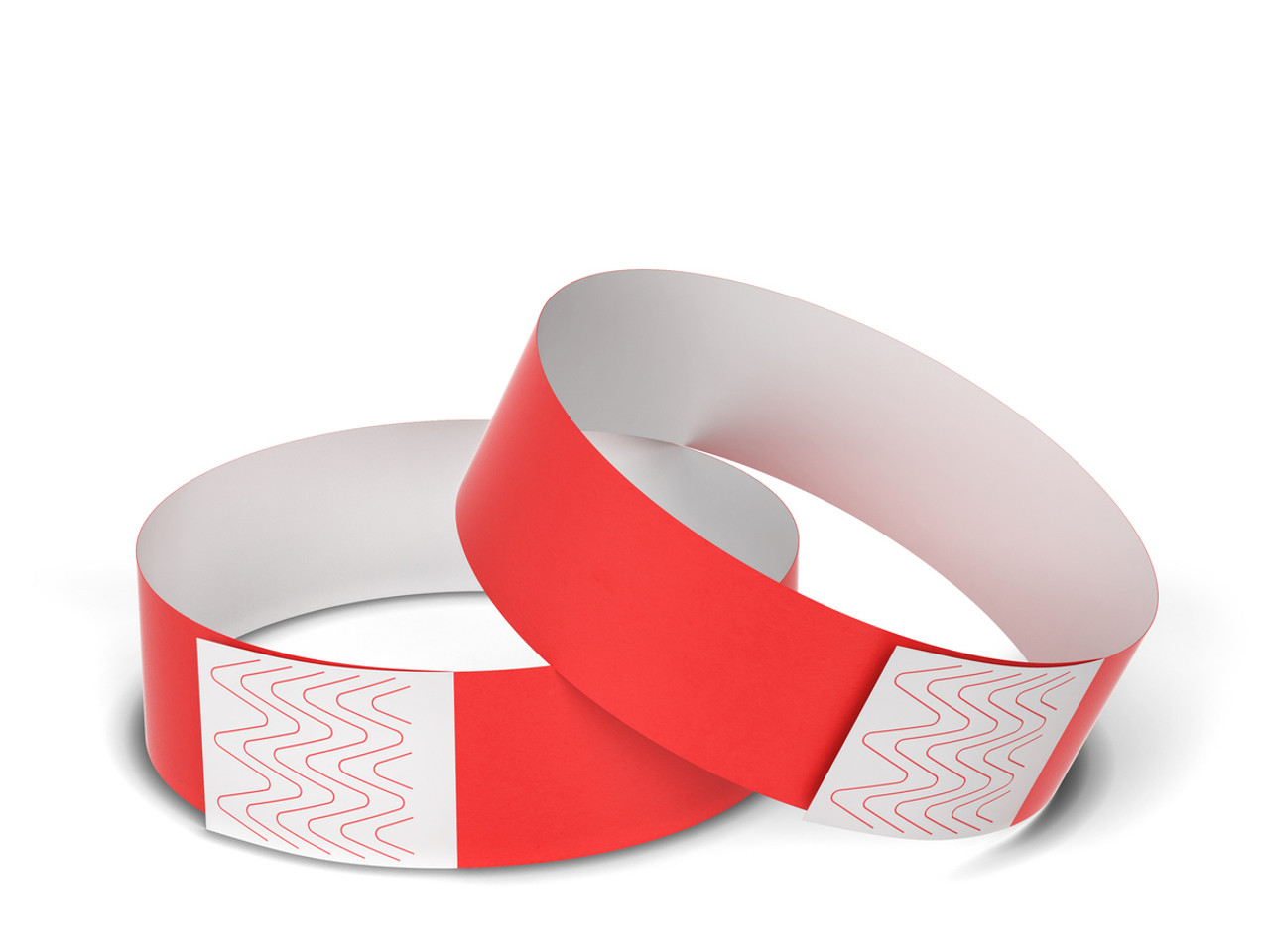Non-Topcoated vs. Topcoated Direct Thermal Labels: Which One Should You Use?
23rd Jun 2025
When it comes to selecting the right labels for your business, the choice between non-topcoated and topcoated direct thermal labels can have a significant impact on your operations. Whether you're running a retail store, managing logistics, or in the healthcare industry, understanding the difference between these two types of labels is crucial to ensuring the right balance of durability, cost, and application performance.
In this blog, we’ll explore what makes these labels unique, the advantages and disadvantages of each, and which applications they’re best suited for. By the end, you’ll have a clear understanding of when and why to choose non-topcoated or topcoated direct thermal labels to meet your specific needs.
Let’s dive into the world of direct thermal labels and help you make an informed decision for your labeling needs.
What Are Direct Thermal Labels?
Direct thermal labels are a popular labeling solution used across a variety of industries. Unlike traditional ink-based printing methods, direct thermal printing utilizes heat-sensitive paper that darkens when exposed to the printhead’s heat. This technology eliminates the need for ink, toner, or ribbons, making it an efficient and cost-effective option for businesses.
These labels are commonly used in applications like barcode printing, shipping labels, retail price tags, and healthcare wristbands. The direct thermal process ensures that the label itself reacts to heat, creating clear and crisp prints without the need for additional consumables. This makes them ideal for high-volume printing where convenience and speed are priorities.
There are two main types of direct thermal labels: non-topcoated and topcoated. While both provide high-quality prints, the key difference lies in the protective coating. This distinction can affect the label’s durability and suitability for different environments, which is why choosing the right type is essential based on your specific needs.
Whether you're managing inventory or producing patient wristbands, understanding the mechanics of direct thermal labels will help you make informed decisions about which one is the best fit for your applications.
Understanding Non-Topcoated Direct Thermal Labels
Non-topcoated direct thermal labels are an affordable and practical solution for a variety of short-term labeling applications. These labels are made from heat-sensitive paper that darkens when exposed to heat from a printhead, without the need for additional ink or toner. Unlike their topcoated counterparts, non-topcoated labels lack an added protective coating, which makes them more cost-effective.
One of the key advantages of non-topcoated direct thermal labels is their simplicity and affordability. Without the extra layer of coating, these labels are often more budget-friendly, making them ideal for high-volume applications where durability is not a primary concern.
Non-topcoated labels are typically used for short-term labeling needs, such as shipping labels, price tags, or warehouse inventory labels. These labels perform well when used in indoor environments where they are not exposed to extreme temperatures, moisture, or prolonged sunlight. They are also an excellent choice for applications where labels are meant to be used for a limited time, such as promotions or temporary tags.
However, one limitation of non-topcoated labels is their susceptibility to fading over time. Exposure to heat, moisture, or friction can cause the print to smudge or wear off. This makes them unsuitable for products or materials that require long-term labeling or are exposed to harsh conditions.
For example, if you need labels for shipping packages or inventory management where the labels won’t be exposed to harsh elements, non-topcoated direct thermal labels are an efficient and cost-effective choice.
Explore options like the Brother RD018U9P 3.125 x 90ft Continuous Liner-Free White Direct Thermal Label Rolls from DuraFast Label Company for high-quality, budget-friendly solutions.
Understanding Topcoated Direct Thermal Labels

Topcoated direct thermal labels are a more advanced option, designed for applications where durability and long-lasting performance are essential. Unlike non-topcoated labels, these labels feature an added protective layer on top of the heat-sensitive paper, which enhances their ability to withstand harsh environments. This protective coating prevents the print from smudging or fading, making topcoated labels ideal for applications that require greater resistance to abrasion, moisture, and exposure to heat.
One of the key advantages of premium topcoated direct thermal labels is their superior durability. The coating acts as a shield, protecting the printed image from physical wear and environmental elements like dirt, moisture, and sunlight. This makes them perfect for products that will be exposed to outdoor conditions or those that need to retain their legibility over time.
Topcoated labels are typically used in long-term labeling applications, such as product labels, medical wristbands, and retail tags. They offer higher-quality prints and remain legible even in demanding environments. For instance, medical wristbands need to remain readable for long periods, and topcoated labels ensure the information stays intact.
Applications that require barcodes or detailed printing benefit greatly from the sharp contrast and clarity provided by topcoated direct thermal labels. The protective layer ensures that the print will not smudge, even when exposed to friction or harsh handling.
For example, premium topcoated direct thermal labels are excellent for medical wristbands like the Direct Thermal 1" x 11" Red Medical Wristbands and the Direct Thermal 1" x 11" Blue Medical Wristbands, both available from DuraFast Label Company. These wristbands are designed to withstand the rigors of healthcare environments while maintaining legible information.
In summary, topcoated labels are the go-to solution for long-term applications that require a high level of durability and clarity.
Key Differences Between Non-Topcoated and Topcoated Direct Thermal Labels 
While both non-topcoated and topcoated direct thermal labels use the same basic technology of heat-sensitive paper, the presence (or absence) of the protective coating creates notable differences in performance, durability, and suitability for various applications.
1. Durability
One of the primary differences is durability. Topcoated labels are far more durable than non-topcoated labels due to the protective layer that shields the print from abrasion, moisture, and UV light. This makes topcoated labels ideal for products exposed to harsh conditions, such as medical wristbands or outdoor shipping labels. Non-topcoated labels, on the other hand, are more vulnerable to fading and smudging, especially if exposed to heat, moisture, or friction.
2. Cost
Non-topcoated direct thermal labels are typically more affordable than their topcoated counterparts. Without the extra layer of protection, these labels are cost-effective, making them a good choice for short-term applications where durability is less of a concern. If your labels are used for temporary labeling, inventory, or shipping, non-topcoated labels can save you money.
3. Print Quality
Topcoated labels often offer higher-quality prints. The coating ensures that prints remain sharp and legible even under harsh conditions. Non-topcoated labels, while still providing clear prints, are more prone to degradation over time, especially if exposed to external elements.
4. Applications
Non-topcoated labels excel in short-term, indoor applications, like pricing, inventory, or shipping labels. In contrast, topcoated labels are preferred for long-term applications or environments where labels are subject to wear, like medical wristbands, retail tags, or outdoor product labeling.
Which Direct Thermal Label Should You Use?
When it comes to choosing between non-topcoated and topcoated direct thermal labels, the decision largely depends on the specific needs of your business and the type of application for which you need the labels.
If your labels are temporary and will only be exposed to indoor environments, non-topcoated direct thermal labels are an excellent choice. They are perfect for short-term applications such as shipping labels, inventory management, or price tags that won’t need to withstand moisture, sunlight, or heavy handling. Their affordability makes them ideal for high-volume, budget-conscious applications where durability isn’t a top priority.
On the other hand, if your labels will be exposed to harsh conditions such as outdoor environments, moisture, or frequent handling, premium topcoated direct thermal labels are a better option. These labels are designed to last longer and maintain print quality even when subjected to abrasion or environmental factors. Topcoated labels are also ideal for long-term applications like product labels, medical wristbands, or any use case where the label needs to stay intact and legible for extended periods.
In the end, the choice between non-topcoated and topcoated labels should be based on your need for durability, cost, and the specific conditions in which the labels will be used.
DuraFast Label Company: Your Trusted Source for Quality Thermal Labels 
At DuraFast Label Company, we provide top-quality direct thermal labels for businesses of all sizes, offering both non-topcoated and premium topcoated direct thermal labels. Our products are designed to meet the unique needs of industries like retail, healthcare, and logistics. Whether you’re looking for affordable non-topcoated labels for short-term applications or durable topcoated labels for long-term use, we’ve got you covered.
Browse our wide range of labeling solutions today, including products like Brother RD018U9P Direct Thermal Label Rolls and Medical Wristbands, to find the right fit for your business needs.
Labeling Made Simple: Choose the Right Thermal Labels for Your Business
Choosing the right direct thermal labels—whether non-topcoated or topcoated—can make a significant difference in your business operations. For businesses that need short-term, budget-friendly labeling solutions, non-topcoated labels are a cost-effective option. On the other hand, if you require long-term durability and resistant performance under harsh conditions, topcoated labels will meet your needs.
By understanding the benefits and limitations of each type, you can confidently select the best labels for your specific applications. At DuraFast Label Company, we offer a range of high-quality direct thermal labels to suit every need, from shipping labels to medical wristbands.
Don’t settle for just any label. Choose the one that offers the best value, durability, and performance for your business. Browse our collection today and experience the difference! Contact us today to learn more.
